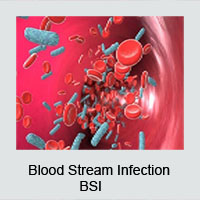
|
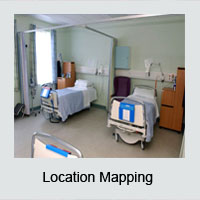
|
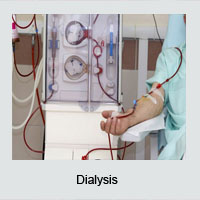
|
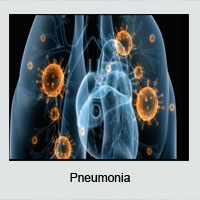
|
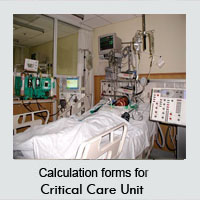
|
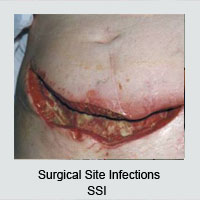
|
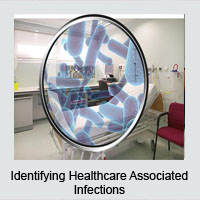
|
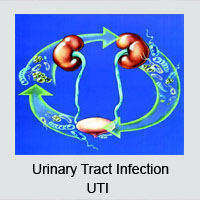
|
Kuwait National Healthcare-associated Infections Surveillance System (KNHSS):
Objectives of the KNHSS
- To monitor incidence, distribution and trends of healthcare- associated infections (HAIs).
- To measure risk-adjusted incidence rates for intra-and inter-hospital comparisons.
- To identify outbreaks for early management.
- To evaluate the impact of preventive measures.
- To identify possible areas for improvement in patient care.
- To gain information on the quality of care.
- To improve awareness of healthcare workers about HAIs and antimicrobial resistance pattern.
Surveillance Methodology:
- KNHSS follows the methodology of CDC/ National Healthcare Safety Network (NHSN).
- It has the following characteristics:
- It is carried out in all Ministry of Health hospitals.
- It is conducted by a well trained infection control team (doctors and nurses).
- It in an active, patient-based, prospective, priority-directed and comprehensive that yields risk-adjusted incidence rates.
Active
The trained Infection Control Team vigorously looks for and identifies HAIs. Information is obtained from multiple data sources.
Patient-based
It identifies HAIs, assesses risk factors, monitor patient care procedures and practices. This requires ward rounds and discussion with caregivers.
Prospective
Monitor patients during their hospitalization. For surgical site infections (SSIs), also monitor during the post-discharge period.
Comprehensive
Continuous monitoring for all events and/or processes for all patients.
Priority-directed
KNHSS targets device-associated infections in critical care areas.
Numerator data collection:
The following data are collected:
- Demographic: name, date of birth, gender, file number, admission date .
- Infection: onset date, site of infection, patient care location of HAI onset.
- Risk factors: devices, procedures, other factors associated with HAI.
- Laboratory: pathogens, antibiogram, serology, pathology.
- Radiology: X-ray, CT scan, MRI, etc.
Data are collected from:
- Admission/discharge/transfer records and microbiology laboratory records and data base.
- Patient medical records and hospital information system for case confirmation. The Infection Control Team members revise nursing and physicians‘ notes, laboratory and radiology results, temperature chart and medication chart for administration of antibiotics.
- Visits to patient wards for observation and discussion with caregivers.
- For post-discharge detected SSI, sources include records from surgery outpatient clinics, emergency departments and primary healthcare centers.
Denominator Data Collection
The infection control team visits patient care areas under surveillance at the same time each day. Records are revised to count the total number of patients in addition to the total number of patients on central lines, mechanical ventilators and urinary catheters. The sum of these daily counts at the end of the month is used as denominators (numbers of patient days and device days).
For SSI surveillance, Infection Control Team records information on the operative procedures selected for surveillance (e.g., type of procedure, date, risk factors, etc.).Information is obtained from detailed logs of the operating room and from patient files.
Data analyses
Numerators and denominators are used to calculate risk adjusted incidence rates .These rates allow inter- and intra-facility rate comparisons.
Participating Facilities
- Al-Jahra Hospital and associated Dialysis outpatient facility
- Mubarak Al-Kabeer Hospital and associated Dialysis outpatient facility
- Al- Farwaniya Hospital and associated Dialysis outpatient facility
- Al- Adan Hospital and associated Dialysis outpatient facility
- Al-Amiri Hospital and associated Dialysis outpatient facilities
- Al-Sabah Hospital and associated Dialysis outpatient facility
- Jabar Al Ahmad Hospital
- Al-Razi Orthopaedic Hospital
- Physical Medicine and Rehabilitation Hospital
- Infectious Diseases Hospital
- Maternity Hospital
- Chest Diseases Hospital
- Ibn Sina Hospital and associated centres: Burn, Organ transplant, Dialysis and Ophthalmic Centres.
- Kuwait Cancer Control Centre
- Palliative Care Centre
- Sabah Al Ahmad Urology Centre
- Zain ENT Hospital
- Kuwait Centre for Mental Health
- NBK hospital
